Both homeowners and consumers are becoming more aware of the products they use and how they affect the environment. As technology advances, designers come up with alternatives that offer a better solution to the problem of a rapidly changing environment. Many now consider it a responsibility to commit to products that are not as harmful or that reduce the amount of waste they contribute. Here are some of the ways the design world has embraced the sustainable design mind-set and is doing what it can to move towards a less wasteful future.
How to decorate your house with a sustainable interior design
As we become more aware of the impact our daily lives have on the environment, our interior designers are always on the hunt for the best eco-friendly and sustainable interior design techniques to maximize the efficiency of our clients’ homes and help reduce your impact by keeping everything green.
From building a vegetable garden to starting a composting routine, there are many things that can be done to help the environment while benefiting personally, but how do you approach sustainable interior design?
To help you start introducing sustainable interior design in your home, we’ve put together a quick checklist that you can put into action to reduce your environmental footprint beyond solar panels, and no, upcycling furniture isn’t one of them…
Recycled Materials
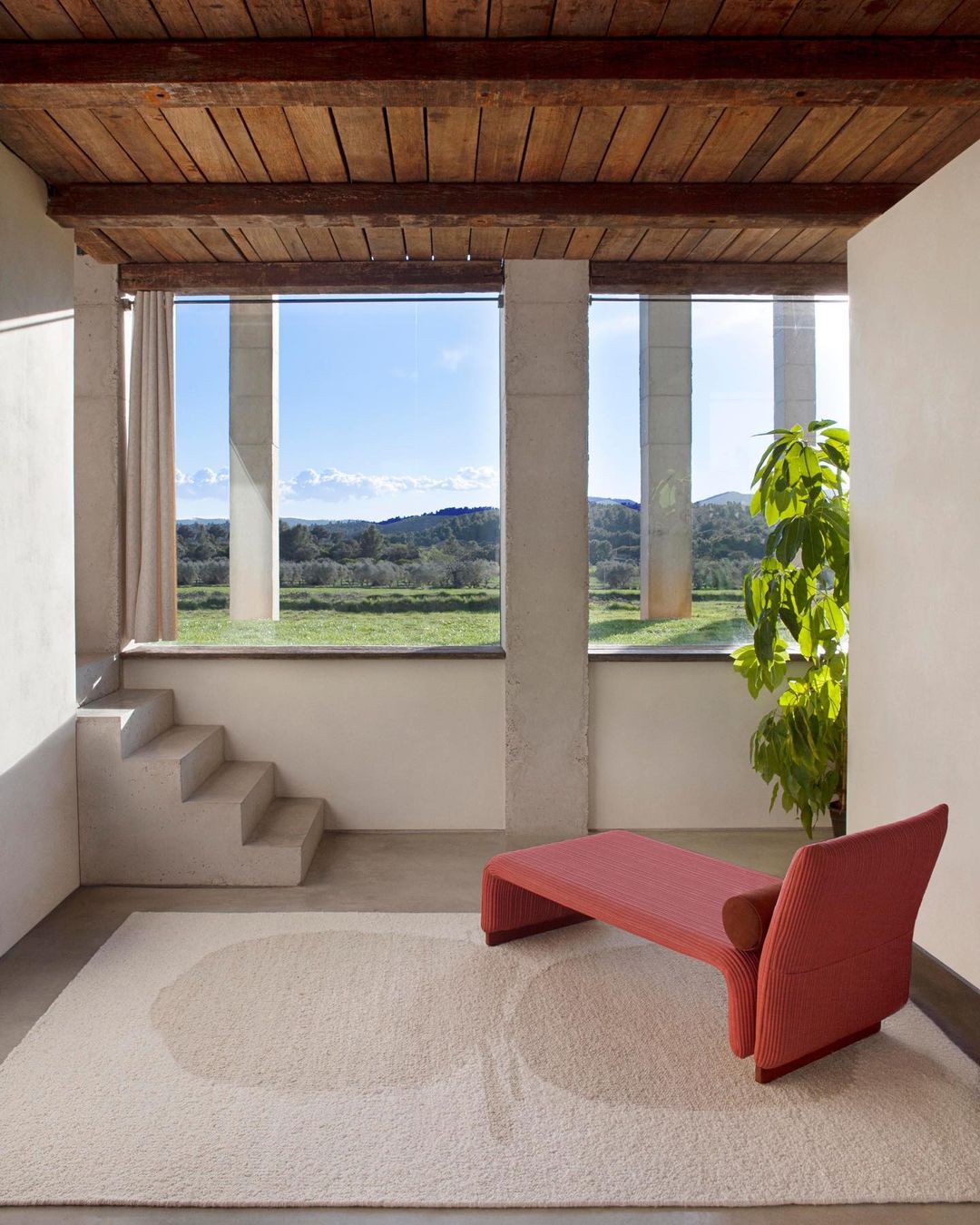
Image from gan_rugs : Handmade rug with sustainable and natural fabrics
Many brands are letting “zero waste” transcend industries, even incorporating it into interior design. When you consider the decoration, look if you can for a product that maintains this zero waste policy, and that is made from recycled materials that would have been thrown away instead.
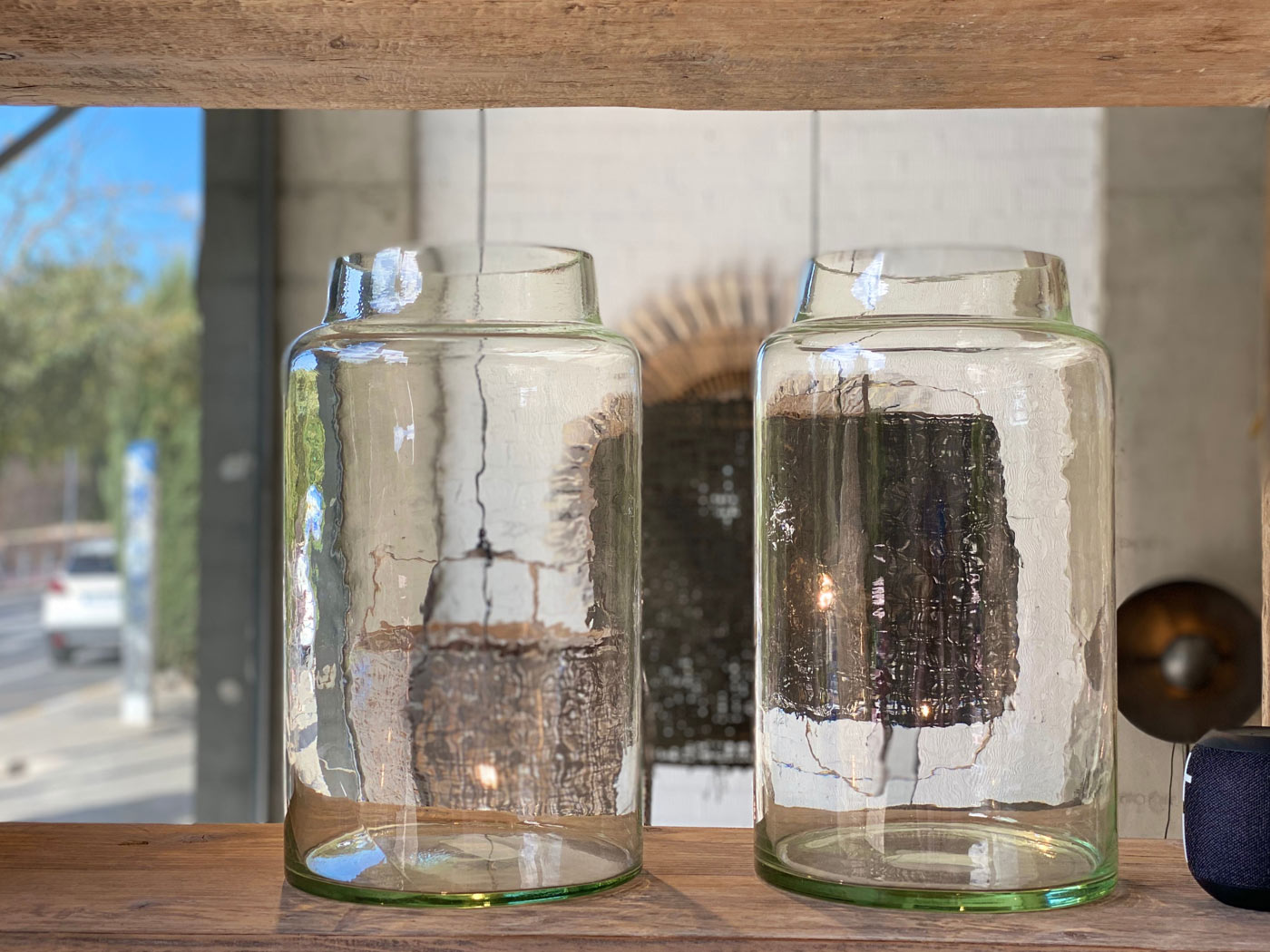
Sublime, interior design & real estate – San Juan, Alicante
Glassware, pots and planters are emerging as eco-friendly products made from recycled materials, as are textiles and fabrics woven from other reusable materials, making them more durable and resistant.
Select lighter colours
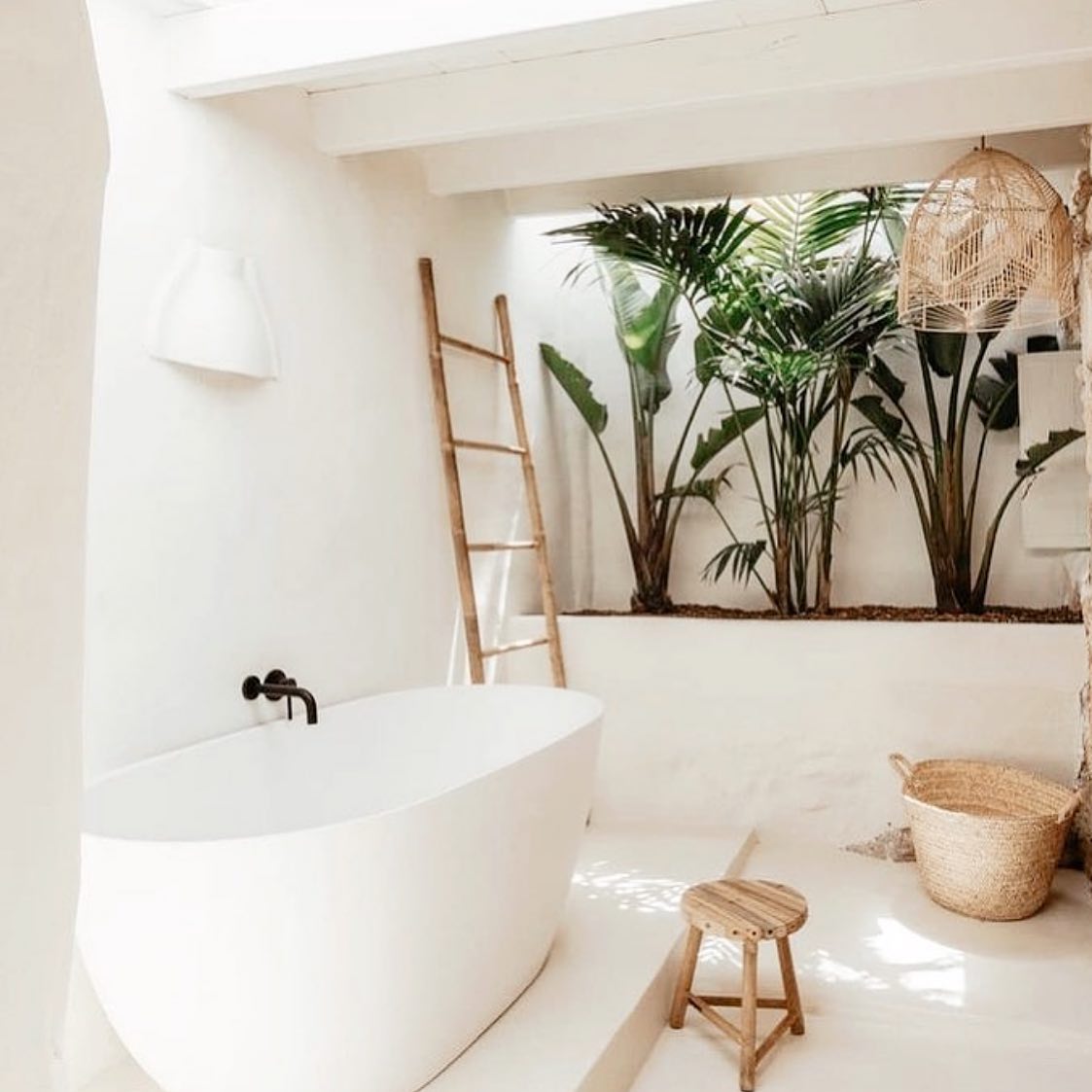
To save money and energy on lighting, reconsider your approach to your main colour scheme, as paler hues will reflect more light, while darker walls and décor need more artificial lighting. To help you do without the toxic chemicals and fumes found in most paints, there are also a variety of paint companies now creating less abrasive options that are better for the environment and your home. For more tips, check out our recent blog on choosing colours for your home.
Another sustainable interior design practice that our designers often take advantage of is incorporating reflective surfaces to increase the amount of light that bounces from room to room and reduce the use of artificial lighting.
Ecological Furniture
Look for companies committed to sustainable interior design through the use of eco-friendly materials and ethical production practices – it’s part of our process of choosing furniture when we’re doing projects.
And, as with any purchase, look for built-to-last pieces that you won’t grow tired of after a few years.
Install window treatments
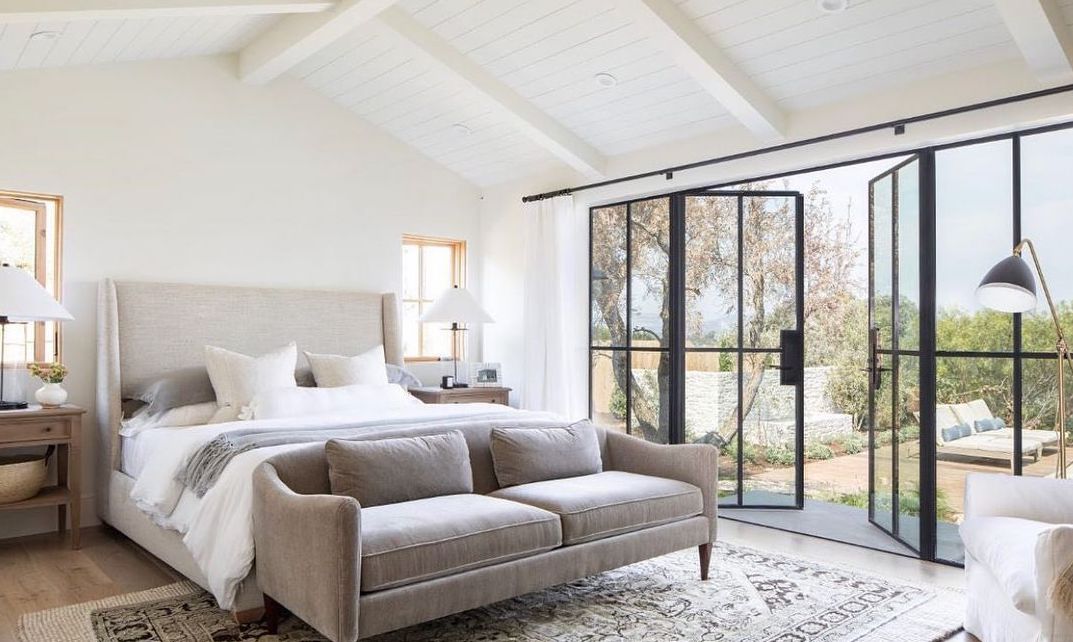
Design:burkhartinteriors
When it comes to sustainable interior design, heating, cooling and lighting are three of the easiest ways our designers use to make our clients’ homes as green as possible. As most of the heat in buildings escapes through windows, it is essential that these are of the highest quality and ensure adequate insulation.
And if you haven’t been blessed with the best windows and upgrading them is out of your budget, window treatments are a smart option that’s easy to manage and install, keeping cool air and the sun’s heat out while they allow you to control the temperature of your home by opening and closing them when necessary.
How can you do your part?
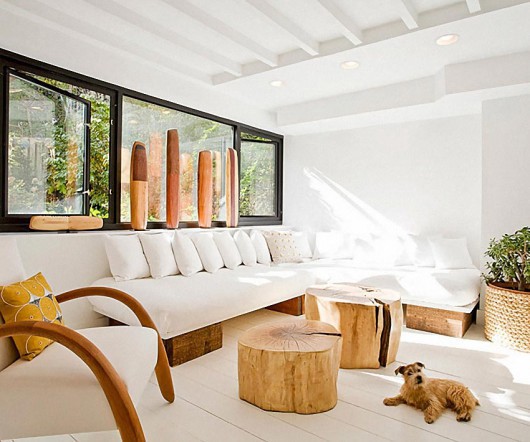
You can also work with what you have to make your home more sustainable, energy efficient, and less wasteful in ways that don’t require big leaps. Every action counts, so don’t be afraid to start small.
When redecorating, you’ll also want to look for materials that are actually more sustainable. Think about how often you change furniture, decor, or appliances.
You’ll produce less waste if you keep the same pieces and can consider new furniture a real investment.
Eliminate single-use decor and supplies from your kitchen and dining room. Instead of thin paper towels, cups, napkins or plates, replace them with ceramic tissues, cups and plates. In addition to being much better quality, they also look better.
Main Image tropicc.co
